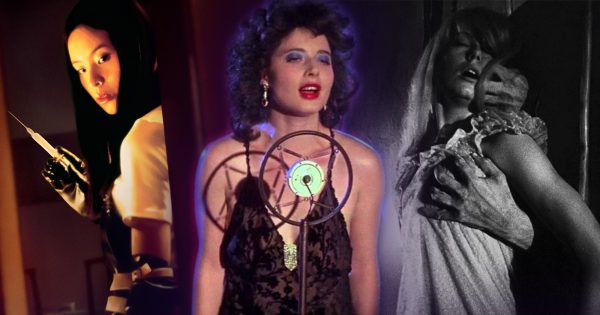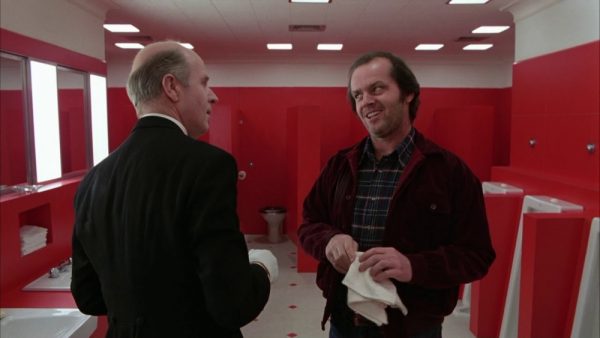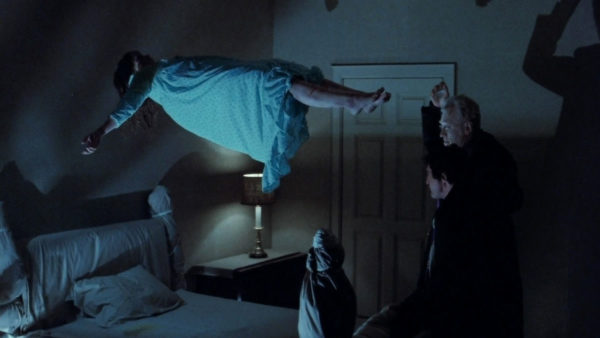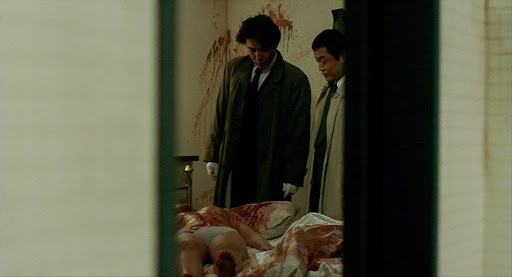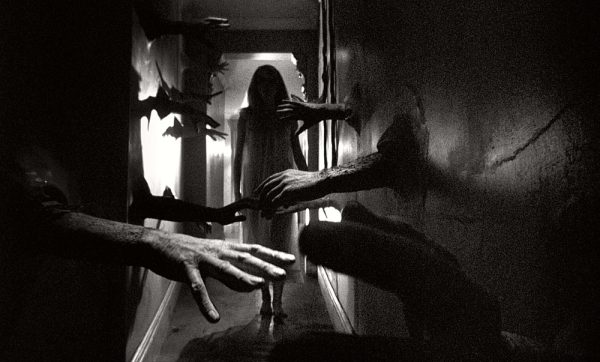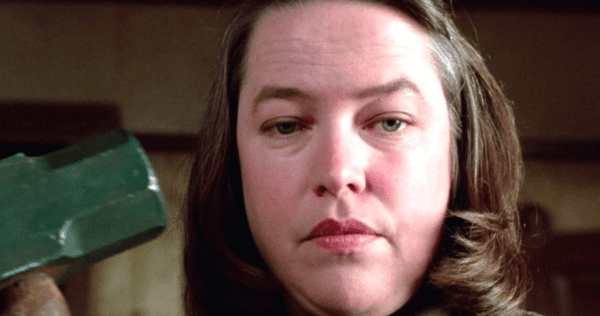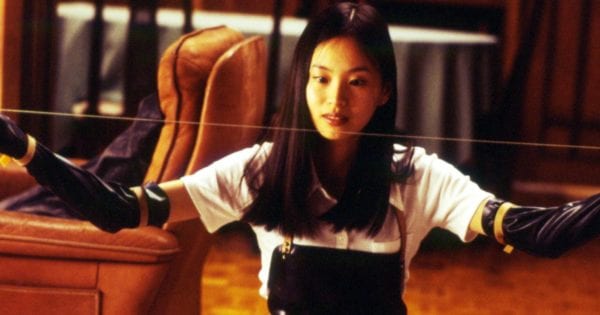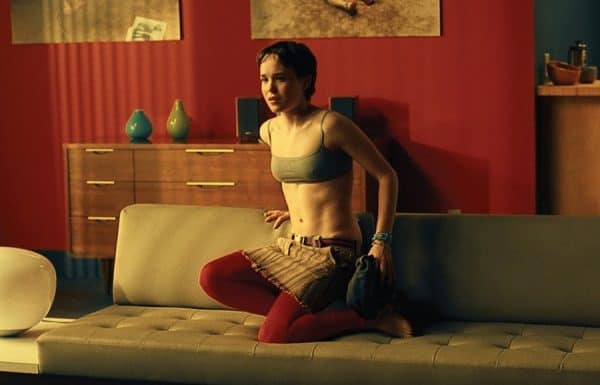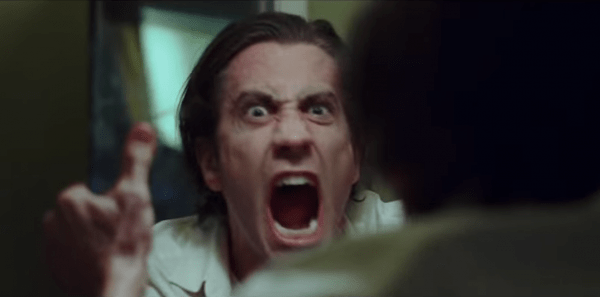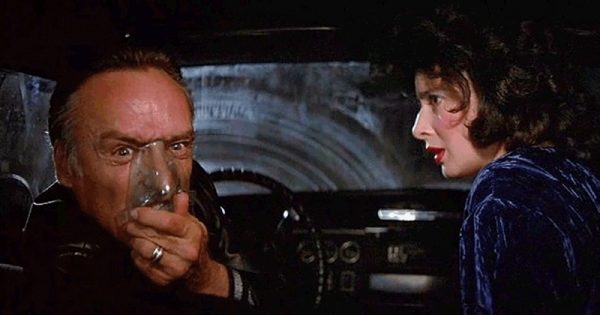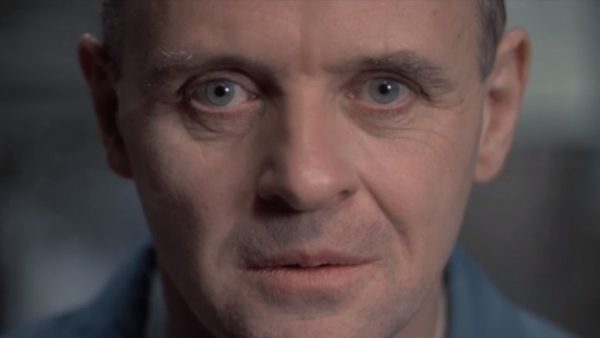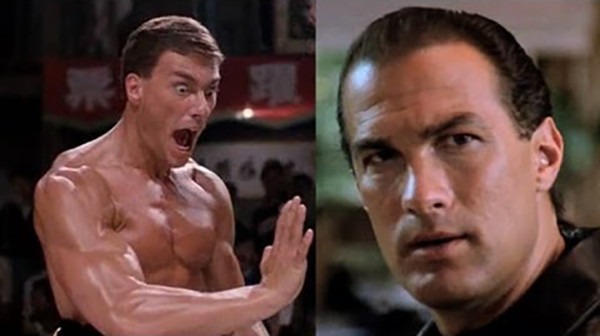Tom Jolliffe offers up a selection of unsettling cinema guaranteed to give you the creeps…
Every film has a particular D.N.A. Within this cinematic coding it can feature elements synonymous with a particular genre, or techniques to give the film an overriding tone. For horror, the film-makers could mould their film in a variety of ways. They may opt for a sense of perpetual dread, of perpetual disgust, or employ a number of parlour tricks like jump scares or surprise twists to manipulate the viewer into a reaction. Other films may opt for atmosphere over continual set pieces. There may be blood, scares, but perhaps the idea of needling the audience with a persistent feeling of discord.
When it comes to atmospheric cinema, one such technique is to increasingly creep your audience out as the film progresses. A discomforting shift in the seat every few seconds, ideas and themes that tickle the pit of your stomach or sequences which make the hairs on the back of your head stand up. It isn’t just confined to horror either. There are many films which are just really creepy, that linger with you like a fart in an elevator, even after the credits have rolled. Here are ten great films guaranteed to creep TF out of you…
The Shining
Stanley Kubrick’s The Shining transcends horror. Sure, it has a lot of trademarks. There are malignant spirits, creepy kids and an axe wielding maniac, but above all, Kubrick treated the film as he did everything, with a pedantic, perfectionist cinematic vision. Aside from looking spectacular, Kubrick pretty quickly sets the mood and the mood is dripping with an unnerving atmosphere throughout. This is further bolstered by the heaving, ominous basses in Wendy Carlos’ score.
Right from the off on scenic vista shots of the Torrances,’ travelling to the Overlook Hotel through mountain roads, what could have been serene shots feel something inherently darker. It’s a journey into ominous territory. Within the hotel, Kubrick lays the geography of the rooms, corridors and space beautifully. These are images at odds. It’s at once vast and intimidating, but also confined and claustrophobic. Under most film-makers shots of a kid endlessly riding his trike through labyrinthine hallways might seem excessive. Under Kubrick, it’s creepy as hell.
The Exorcist
Like The Shining, William Friedkin’s The Exorcist is another cinematic masterpiece that expanded upon genre expectations of the time. By this point, horror of the classical eras was starting to look a little quaint, if not consigned to B pictures or the stylistic excess of Italian Horror for example. Japanese Horror was certainly renowned for atmosphere and unsettling themes, but hadn’t travelled too much by this point.
The Exorcist is really unnerving. Friedkin locks so much of the film within one setting, ramping up the claustrophobia, whilst the notion of an innocent child possessed by ultimate evil has become iconic. Stories of people fainting, even dying in the cinemas watching this were quite quickly exaggerated, and more over time, but still, this remains, as well as being frightening, almost aggressively creepy.
Cure
This Japanese neo-noir serial killer thriller beautifully treads the line between horror and thriller. It’s dark, dank and genuinely creepy. It’ll send shivers down your spine throughout. The beauty of this film is how simply Kiyoshi Kurosawa lays out his visuals. Stark wides, often in dark dingy settings and low light. During the day everything is grey and dour, at night high contrast shadows, with the occasional colour bleeding in from a light source (but feeling almost monochrome in places).
A series of murders see the culprits freely admit to their crimes but feel almost disconnected to what they did. As it transpires later, they’ve been hypnotised by a serial killer who gets the susceptible to do the work for him. Aside from the unsettling performance by Masato Hagiwara, the premise itself almost seems disturbingly plausible.
Repulsion
Roman Polanski’s early horror works were loaded with atmosphere. Their simplicity and psychological focus made them gripping, as did the style in which he delivered them, all vibrant, beautifully shot and ahead of their time. Sure there was Rosemary’s Baby or The Tenant (an odd, almost farcical horror), but Repulsion ventures to disturbing places as Catherine Deneuve (an exceptional performance), who has a crippling fear of being alone with men, is left alone in the apartment she shares with her sister.
Increasingly the isolation begins effecting her mental state and her sense of reality fractures. The lingering silence, space altering confined setting (Polanski utilised moveable sets to make hallways/rooms appear bigger or smaller as required), and sound design all contribute to this eerie sense of dread throughout, until inevitably her fear of men is proved not to be irrational.
Misery
Maybe it was Stephen King’s penchant for confined settings that made his stories (predominantly horror) particularly effective. Misery begins with a feeling something is off kilter with the seemingly kindly woman who rescues an injured Author after a car crash. He’s held up in her home as he recovers but as he soon discovers, she is his number one fan.
If there’s a certain whimsy in King having protagonists who are reflections of him (as a writer) then there’s certainly little whimsy in how seriously this adaptation takes the material. There are some comical moments but Kathy Bates is very unnerving. It’s subtle at first and the creepiness comes in how cloying she comes across. There’s a certain inevitability that her mood and manner will change. Of course when it does, it changes violently (and gruesomely).
Audition
What seems to begin as something almost quirkily comical, that could have easily segued to romantic comedy, takes a halfway twist into the progressively more disturbing. A lonely middle aged executive sets up an audition for a fake movie, to try and find a suitable wife. If this was an American romantic comedy it would star Kevin James or Rob Schneider. It’s not, it’s a Japanese horror from a master genre splicer Takeshi Miike.
Shigeharu’s chosen woman Asumi (Eihi Shiina) is alluring, waif and mesmerising. She wants only one thing; his undivided attention and loyalty. When the film ventures fully into horror and Shigeharu (Ryo Ishibashi) finally realises what Asumi is capable of we get the films show stopping and grimace inducing finale. It’s grotesque, and by this point we’ve been increasingly injected with a creeping dread of what is coming as she starts humming her spine tingling ditty.
Hard Candy
There’s a lingering and creepy feeling throughout Hard Candy. This comes from two strands, a young girl (Elliot Page) has orchestrated a meeting with her online friend, Jeff (Patrick Wilson). From the off we know there’s something inherently wrong in this meeting. From Jeff’s perspective, he’s a man in his 30’s, whilst Hayley is just 15. The more they talk the more his front of maintaining some appropriate boundaries begins to drop. He’s grooming her, but there’s also something about Hayley… this dual creepiness, with the lured paedophile who almost can’t hide his lustful excitement, and Hayley who finally lays the trap and drugs him. From then on director David Slade cranks up the tension as she sets about torturing him, looking for retribution. Intense, brilliantly acting, a little icky but always gripping.
Nightcrawler
Dan Gilroy’s somewhat underappreciated modern masterpiece is an unnerving dive into the thought process of a sociopath (who increasingly teeters into psychopath). Jake Gyllenhaal is exceptional as Louis Bloom, a petty thief turned opportunist freelance camera man who begins a sordid enterprise trying to capture grim crime scene footage and sell it to the local news station. He feels no empathy for the victims or anyone at the scenes associated, or his beleaguered and exploited intern (played superbly by Riz Ahmed).
Bloom pushes the limits and goes into deeper and more dangerous situations, often at the expense of those around him. Gyllenhaal enthralls as much as he unnerves in his emotionally vacant and chilling role. As Bloom lingers in live crime scenes it becomes genuinely disturbing as we realise the extent of his apathetic existence.
Blue Velvet
David Lynch’s dreamlike odyssey to a velvet laden, distinctly coloured, 50’s inspired setting in middle America, is brimming with unnerving scenes. As per normal with Lynch, we have a film littered with oddball characters, in which our seemingly grounded protagonist finds himself wandering in on, as if he’s travelled to an entirely different world.
Kyle MacLachlan’s almost gawky naivety is at odds with creeps, psychos and disturbed femme fatales and none are more unsettling than Frank, played with unrestrained, intense, wild eyed vigor, by Dennis Hopper. The way Lynch dresses his sets, paces his scenes and layers his music is ethereal, but this dream becomes a grim nightmare of unsettling characters (for an array of reasons). It’s as intensely frightening as it is creepy.
The Silence of the Lambs
Before he became a bit of a caricature, Hannibal Lector, as played by Anthony Hopkins was genuinely unnerving. His manner, intense stare and ability to penetrate your psyche was creepier than a clown convention. Then throw in an entirely discomforting serial killer tale full of intensely framed and intrusive profile shots and a serial killer on the loose, skinning women to make himself a skin suit.
The Silence of the Lambs is grotesque and maleficent cinema at its finest, that feels like a cinematic true crime special. As creepy as it gets it’s in equal measures thrilling, gripping and hits the pit of your stomach with regularity.
What is the creepiest film you’ve seen? Let us know on our social channels @FlickeringMyth or hit me up on Instagram @JolliffeProductions…
